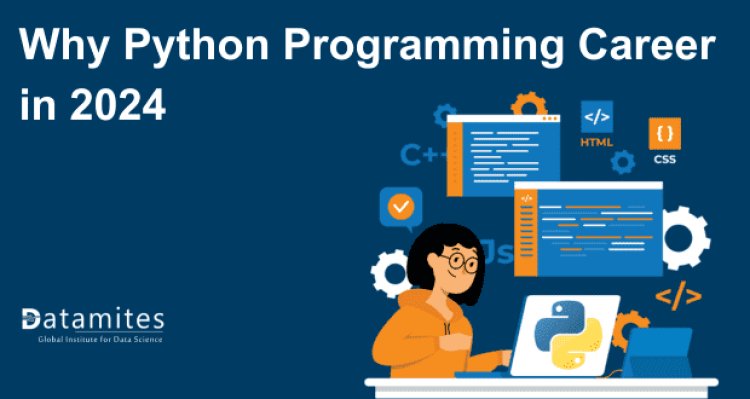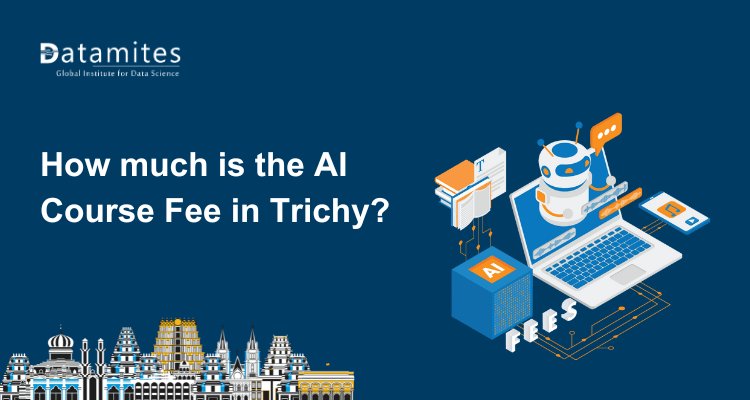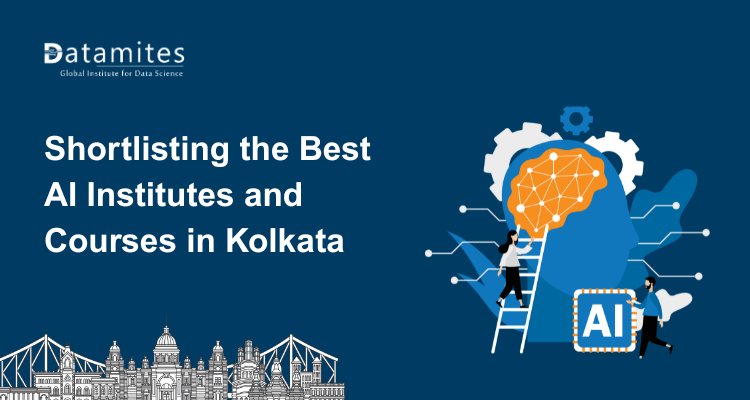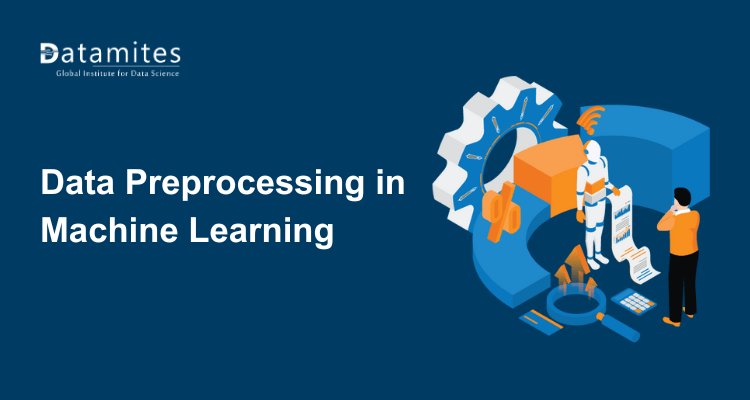Why Python Programming Career in 2024
A Python programming career in 2024 offers vast opportunities in data science, AI, and web development, with high demand for skilled developers. Its versatility, ease of learning, and wide application across industries make it a top choice for aspiring tech professionals.

In today’s fast-paced tech world, Python has emerged as a powerhouse in programming languages. Did you know that Python is the most popular programming language according to the TIOBE Index, and it continues to see explosive growth? This popularity is not just a fleeting trend; it reflects Python’s increasing significance in various industries and its vital role in the future of technology.
The purpose of this blog post is to guide you through why starting a career in Python programming in 2024 could be one of the best decisions you make. We’ll explore the fundamentals of Python, its industry relevance, and the steps you need to take to start your journey toward becoming a Python professional.
What is Python?
Python is a versatile, high-level language known for its simplicity and ease of use. Its clean and readable syntax makes it a popular choice for beginners and experienced developers alike. Python is widely used in various domains such as web development, data analysis, artificial intelligence, scientific research, and automation.
Key Features and Benefits
- Readability: Python’s clean syntax makes it easy to read and write, reducing the cost of program maintenance.
- Versatility: Python is versatile, finding applications in web development, data analysis, artificial intelligence, scientific research, and beyond.
- Large Community: A vibrant community provides an abundance of resources, libraries, and frameworks.
- Ease of Learning: Python is often recommended for beginners due to its straightforward syntax and readability.
Refer these articles:
- Getting Started with Python: A Beginner’s Guide
- Why Python is Essential for Data Science and AI
- Comprehensive Guide for Python and R Programming
Why Choose Python Programming? The Growing Popularity
Python's rise has been extraordinary. As highlighted by the Stack Overflow Developer Survey, it has repeatedly secured a top spot among the leading programming languages. This surge in popularity translates into a high demand for skilled Python developers across various sectors.
- Versatility in Industries: From tech startups to large corporations, Python’s adaptability makes it a preferred choice for numerous applications.
- Job Opportunities: With businesses increasingly relying on data and automation, Python skills are in high demand.
Python Industry Insights: Where the Demand Lies
Python developers are in high demand. The U.S. Bureau of Labor Statistics projects a 22% growth in employment for software developers over the next decade, a trend driven largely by the adoption of Python in data science, machine learning, and web development. Python-related jobs are growing faster than many other tech roles. Python’s ease of use and extensive libraries make it a competitive choice compared to languages like Java and C++.
Employment for Python-related roles is expected to grow by 22% from 2023 to 2033. Around 80% of organizations use Python for various tasks.
Common Job Titles:
Python is a versatile programming language used across various domains, so there are many different job roles for Python developers. Here are some common roles:
- Python Developer: Works on developing and maintaining Python applications, writing code, and debugging. The average salary for a Python Developer is approximately $1,18,817 per year in the US, £56,975 in the UK, and ₹5,52,500 in India.
- Data Scientist: Uses Python for data analysis, machine learning, and statistical modeling to extract insights and make data-driven decisions. The average salary for a Data Scientist is around $1,58,647 per year in the US, £53,473 in the UK, and ₹13,47,123 in India.
- Data Analyst: Analyzes and interprets complex datasets, often using Python libraries like pandas and NumPy to generate reports and visualizations. As of 2024, a Data Analyst in the US earns an average salary of around $1,08,439 per year, in the UK around £36,552, and in India approximately ₹6,56,800.
- Machine Learning Engineer: Focuses on designing, implementing, and deploying machine learning models, utilizing Python libraries like TensorFlow, Keras, or PyTorch. A Machine Learning Engineer typically earns around $1,65,100 per year in the US, £64,416 in the UK, and ₹11,20,000 in India.
- Python Web Developer: Creates and maintains websites and web applications using Python frameworks like Django or Flask. Web developers in the US earn an average salary of around $1,12,902 per year, in the UK it's approximately £37,003, and in India, it's roughly ₹5,87,518 annually.
Notable companies like Google, Netflix, and Instagram rely heavily on Python, further solidifying its importance in the tech industry.
Read these articles:
- What is Certified Python Developer
- What is Certified Data Scientist Course
- What is Datamites Certified Data Analyst Certification
Exploring Python's Versatility Across Various Domains
Python is incredibly versatile and useful in a wide range of fields. Here's a breakdown of how it fits into each area you've mentioned:
- Web Development: Python frameworks like Django and Flask simplify web development by providing pre-built components and tools. Django is known for its "batteries-included" approach, offering a lot of built-in features, while Flask is more lightweight and flexible, giving developers more control over the components they use.
- Data Science and Analytics: Python libraries like Pandas and NumPy are crucial for data manipulation and analysis. Pandas provides data structures and functions needed to work with structured data, while NumPy offers support for large, multi-dimensional arrays and matrices, along with a collection of mathematical functions to operate on these arrays.
- Machine Learning and AI: TensorFlow and scikit-learn are widely used libraries in the machine learning landscape. TensorFlow, created by Google, is a robust framework designed for constructing and deploying machine learning models, with a strong emphasis on deep learning. On the other hand, scikit-learn offers a streamlined approach to data mining and analysis, leveraging the capabilities of NumPy, SciPy, and matplotlib for efficient and straightforward tools.
- Automation and Scripting: Python is ideal for writing scripts to automate repetitive tasks. Its simplicity and readability make it easy to write scripts for automating workflows, data processing, and system management.
- Cybersecurity: Python is frequently employed in cybersecurity for crafting security tools and streamlining processes. It's commonly utilized for scripting and developing utilities for penetration testing, network scanning, and automating various security functions.
- Software Development: Python is versatile enough to create both desktop applications and games. For developing graphical user interfaces, libraries such as PyQt and Kivy are quite useful, while Pygame stands out as a popular choice for game development.
- Scientific Computing: SciPy and SymPy are powerful tools for scientific and mathematical analysis. SciPy extends the capabilities of NumPy by adding functionalities for optimization, integration, interpolation, eigenvalue problems, and other complex computations. In contrast, SymPy focuses on symbolic mathematics, enabling users to perform algebraic manipulations and symbolic calculus with precision.
Python’s readability, simplicity, and extensive ecosystem of libraries and frameworks make it a powerful tool across these diverse domains.
Why Python is Considered an Easy Language for Beginners
Python is frequently regarded as beginner-friendly for a variety of reasons:
- Readable Syntax: Python’s syntax is clear and straightforward, which makes it easier for beginners to understand and write code. The language emphasizes readability, using indentation to define code blocks rather than braces or keywords.
- High-Level Language: Python abstracts away many of the complex details of programming, such as memory management, which allows users to focus more on problem-solving rather than dealing with low-level details.
- Extensive Libraries and Frameworks: Python has a rich ecosystem of libraries and frameworks that simplify many common programming tasks, from web development to data analysis. This allows beginners to achieve a lot with minimal code.
- Interactive Environment: Python supports an interactive mode, where users can test code snippets and see results immediately. This interactive approach helps beginners understand how their code works in real time.
- Clear Error Messages: Python provides descriptive error messages, which can be very helpful for debugging and understanding what went wrong when something doesn’t work as expected.
- Large Community and Resources: Python offers an abundance of tutorials, documentation, and community assistance, making it simple for newcomers to access resources for learning and resolving problems.
- Versatile Applications: Python can be used for a wide range of applications, from web development to data science, allowing beginners to experiment with different types of projects and find what interests them the most.
Read these articles:
Getting Started with Python: Essential Steps
Embarking on your Python adventure is thrilling! Here’s a step-by-step roadmap to help you dive in with confidence:
Learn the Basics
Before diving into complex projects, it’s essential to understand the fundamentals of Python. Start with:
- Variables and Data Types: Acquire the skills to manage and transform data effectively.
- Control Flow: Understand how to manage the execution of code with loops and conditionals.
- Functions and Modules: Learn how to craft modular code and structure your projects efficiently.
To get started, consider enrolling in a Python course or exploring beginner-friendly books and online resources.
Build a Strong Foundation
Once you grasp the basics, focus on practical experience:
- Hands-On Projects: Create simple applications or scripts to apply what you’ve learned. Projects like a basic web app or an automation script can be very educational.
- Advanced Topics: As you grow more comfortable, delve into areas like data analysis, machine learning, or web frameworks such as Django and Flask.
Explore Advanced Topics
To stay competitive in the field, continually expand your knowledge:
- Data Science: Explore libraries like Pandas and Matplotlib for data analysis and visualization.
- Machine Learning: Learn to build predictive models using TensorFlow or PyTorch.
- Web Development: Master advanced web frameworks and tools to build scalable web applications.
In summary, a career in Python programming offers exciting opportunities due to its widespread use and growing demand across various industries. By investing in a Python course or training, you’re setting yourself up for success in a dynamic and lucrative field. Embrace the Python revolution and embark on a rewarding career path in 2024 and beyond.
DataMites Institute offers a comprehensive suite of data science and analytics courses, including its renowned Certified Python Developer Course. This course is designed for those seeking to master Python programming in the context of data science. It covers advanced Python concepts and practical applications for data analysis and machine learning, equipping students with essential skills for global certification.
In addition to Python, DataMites provides a diverse range of courses including Data Science, Data Analytics, Artificial Intelligence, and Machine Learning. Each course is designed to address the growing demand for skilled professionals in these fields, offering practical knowledge and hands-on experience. With a focus on real-world applications and industry best practices, DataMites ensures that its training programs prepare students for successful careers in the evolving tech landscape.
DataMites Training Institute provides a comprehensive Python course accredited by leading global certification bodies. Recognized by IABAC and NASSCOM FutureSkills, DataMites specializes in Python programming, data science, and software development training. Students acquire practical experience through internships, unlimited projects, and access to an exclusive practice lab. This hands-on learning approach prepares learners with the essential skills to thrive in the tech industry.





